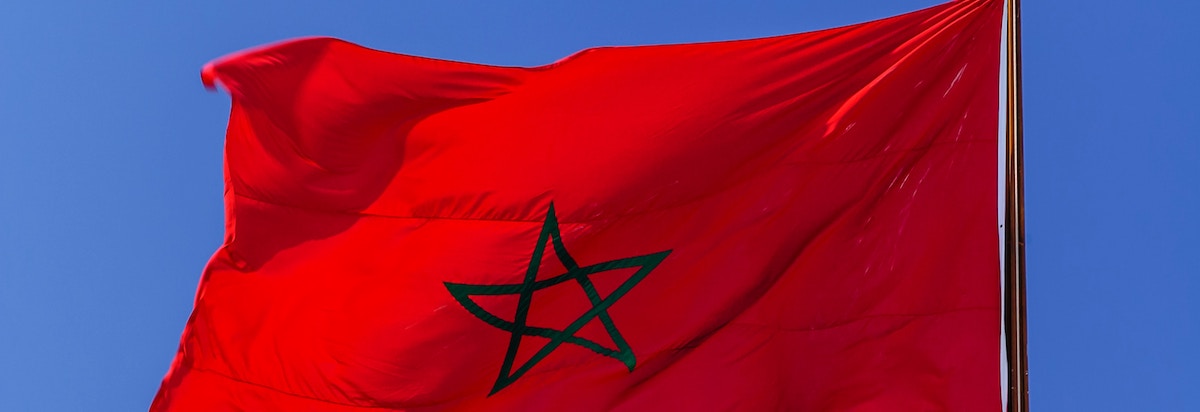Miriyam Aouragh writes for Historical Materialism on the recent protests in Morocco following the death of Mohsin Fikri, the full article can be found here.
As Morocco’s streets roiled with protest, we looked with astonishment and even mistook some of the videos for scenes of the 2011 uprisings. It is not an exaggeration to say that, yet again, the whole country rose up. Hundreds of thousands of people are protesting across the country chanting ‘al sha’b yourid isqat al fasad’ [the people demand the downfall of the corrupt] or ‘tahiya nidaliya, al hoceima thawriya’ ‘[salute to the uprising, al hoceima is our revolution]. The protests quickly spread to more than 40 cities. They then reverberated in the major cities of France, Spain, Belgium and the Netherlands where most of the Moroccan diaspora reside.
These protests began after a fish seller was crushed to death in the northern Mediterranean town of Al Hoceima. The story of Mohsine Fikri is gruesome and particular but also symptomatic. He jumped into the garbage truck with a few other colleagues to protest the embezzlement (and waste) of their fish, which was ordered by the police and the well-connected merchant controlling the retail of fish. Witnesses said the police then ordered the driver to set-off the trucks grinder-system. Mohsin’s colleagues managed to jump out in time, but he got stuck behind.
One of the policemen sarcastically commented “than mo”, which is loosely translated as grind the mother. Mother is both a contraction of a well-known derogatory swearword in which mo/k revers to ‘mother’, and denotes the Darija (Moroccan Arabic) mostly spoken by non-Amazigh policemen enlisted in the area. Historically, these men are sent from central Moroccan army barracks to control and intimidate Amazigh locals, mostly with impunity. Their interactions are often disrespectful, loaded with references to imazighen as inferior people. So the hashtag ♯than_mo has a deeper meaning for imazighen than appears on the surface. “Than ‘mo” went viral on social media, often joined by photos displaying the gruesome act. When the photos and videos of Mohsin and the first protests circulated that same day, the spontaneous movement became a fact authorities could not ignore.
The outrage led to mass rallies, although mostly spontaneous they often including previous 20 February activists, the nation-wide network behind the demonstrations during the Arab uprisings of 2011.
Sensing the jeopardies that come with these these trans-local steadfast collaborations, the furious mood as well as the awareness that smaller incidents can spark major transitions, the political elite of the Makhzan [Moroccan reference to the state structure which is itself an intricate part of the palace] almost immediately pledged to conduct an investigation. Officials form different ministries and parties ordered to visit Fikri’s family and persuade them to quell the protests. King Mohammed 6 and ministry entourage have also tried to sway the dynamic back to ‘normal’. Although there have been arrests (and in the un-exposed villages and smaller cities the response remains violent), the police and army are mostly restrained. This unusual response signifies how puzzled the regime is. The fact that this week the Kingdom hosts the COP22 climate conference has augmented apprehension over their response.
.
Photo by Alexander Schimmeck on Unsplash












